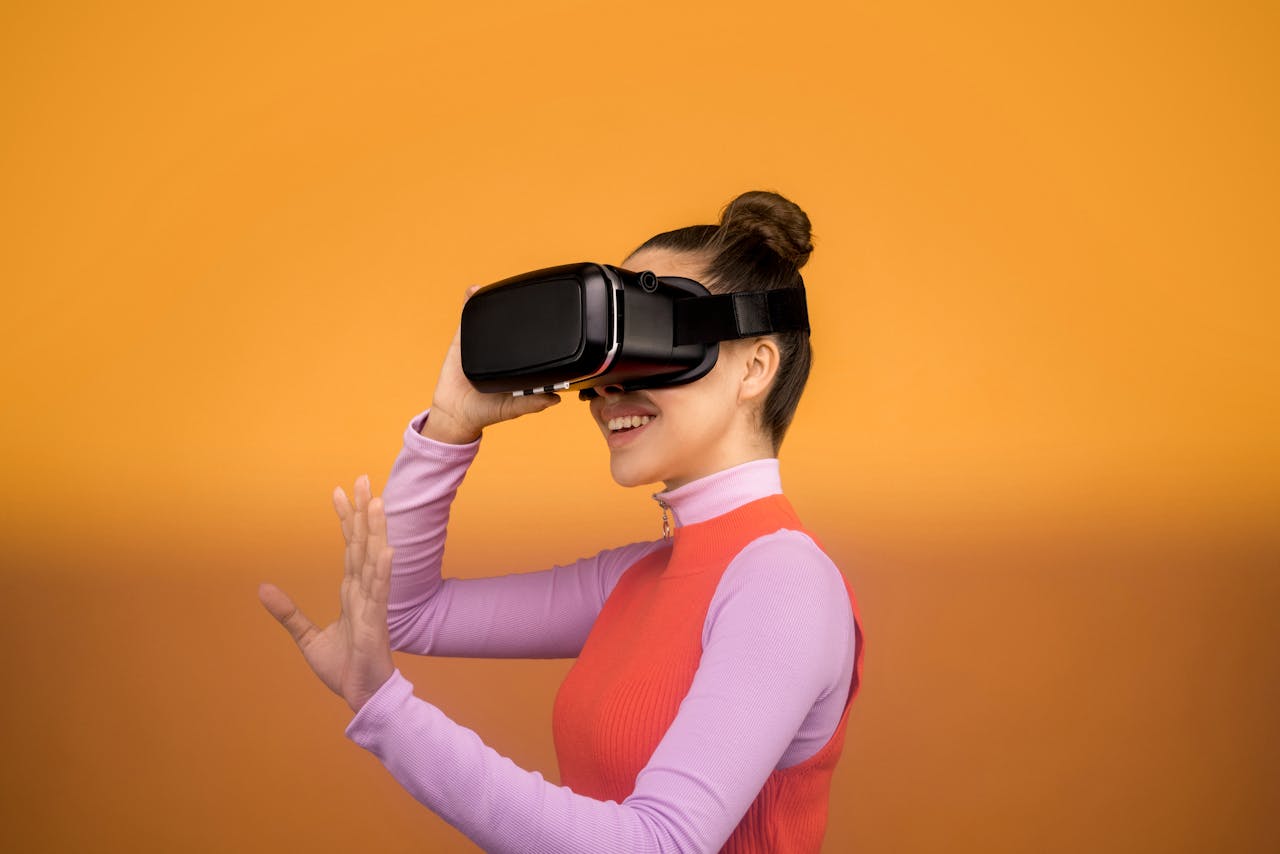Can AI Break Advertising’s Efficiency Illusion?

Ian Liddicoat, CTO, Adludio
Last week, Adludio, the AI advertising platform, held an event with the goal of discussing the challenges in advertising and how applications of AI are finally providing a way to move our sector forward.
As part of the event, AdSapiens, the name given to Adludio’s proprietary AI advertising platform, released a new research report titled "Decoding Advertising's Efficiency Illusion: What the Future of Creative Intelligence Looks Like.” The report serves as a wake-up call for the advertising industry, emphasising the need to embrace AI and creative intelligence to overcome the efficiency illusion and drive genuine business outcomes.
Here’s what was discussed at the event and why it helps form a playbook for innovating the sector in line with wider business objectives.
The efficiency illusion: what the research tells us
Despite the best efforts of advertising experts and marketing departments to produce effective and efficient campaigns, it’s clear their perceptions do not fit with reality.
First, advertising’s day-to-day campaign creation processes are not leveraging technology to do the heavy lifting, leading to stark resource inefficiency. Adludio’s research found that advertisers spend an average of 5 months and 19 people to create a single advertising campaign. Despite the significant resources, it found nearly half (48%) of all campaigns fail to meet their KPIs. Surprisingly, 92% of marketers remain satisfied with their creative advertising process efficiency, revealing an "efficiency illusion" within the industry.
Vanity vs. value
The research also sheds light on the widespread use of vanity metrics, with marketers employing a staggering 189 different effectiveness metrics, such as shares and click-through rates (CTR). Despite 90% of marketers claiming to obtain the most actionable insights possible, a mere 12% take immediate action based on these metrics.
There’s an interesting dynamic at play here. As discussed at the event, it appears marketers are scrambling to provide value by measuring an increased number of metrics in an attempt to satiate board demands. The issue here is that traditional marketing metrics, or at least a significant portion of those currently measured, do not align with wider business goals. In truth, it would be more effective for marketers to withdraw some of their reporting standards, focusing instead on the ‘metrics that matter’. In turn, they’ll gain far better visibility over how their campaigns influence wider business goals and will have greater success in the boardroom by speaking the language of the C-suite.
A/B to AI
Brands allocate over 26% of their entire marketing budget to A/B testing, spending an average of 6 days per month on this process, equating to $33,000 per year in addition to the quarter of budgets already invested. Although 86% of marketers are aware of alternatives, factors such as resource bandwidth and lack of expertise hinder adoption.
There’s a level of education that must be swiftly gained to move beyond frankly archaic testing methodologies, even those that extend beyond A/B, such as DCO. Through AI, brands can gain real-time prompts on how advertisements will perform and, crucially, how their campaigns can be optimised to improve performance. Combined with the ability to make these changes automatically, with the click of a button, and our sector seems on the cusp of finally moving beyond time-intensive testing methods that garner restricted insights.
AI in advertising
Research also reveals 97% of marketers want to invest more in AI, yet 53% still view it as a "nice to have" rather than a critical component of future strategies. Additionally, 30% of marketers still see AI as a threat to their careers.
Confusion and fear remain around AI and it’s not a dynamic limited to advertisers and marketers. We need to adopt a proactive approach, thinking of it more as a tool to empower existing workforces, rather than replace them. That said, we’ve often spoken to brands that felt pressure to implement AI applications into existing operations when it wasn’t absolutely necessary.
AI is a solution to a problem and should only be invested in after identifying a specific use case. As this research illustrates, advertising is a prime example where AI innovation can enforce a more impactful, efficient, and effective way of working, from ideation to testing, optimization, and metric gathering thereafter.


